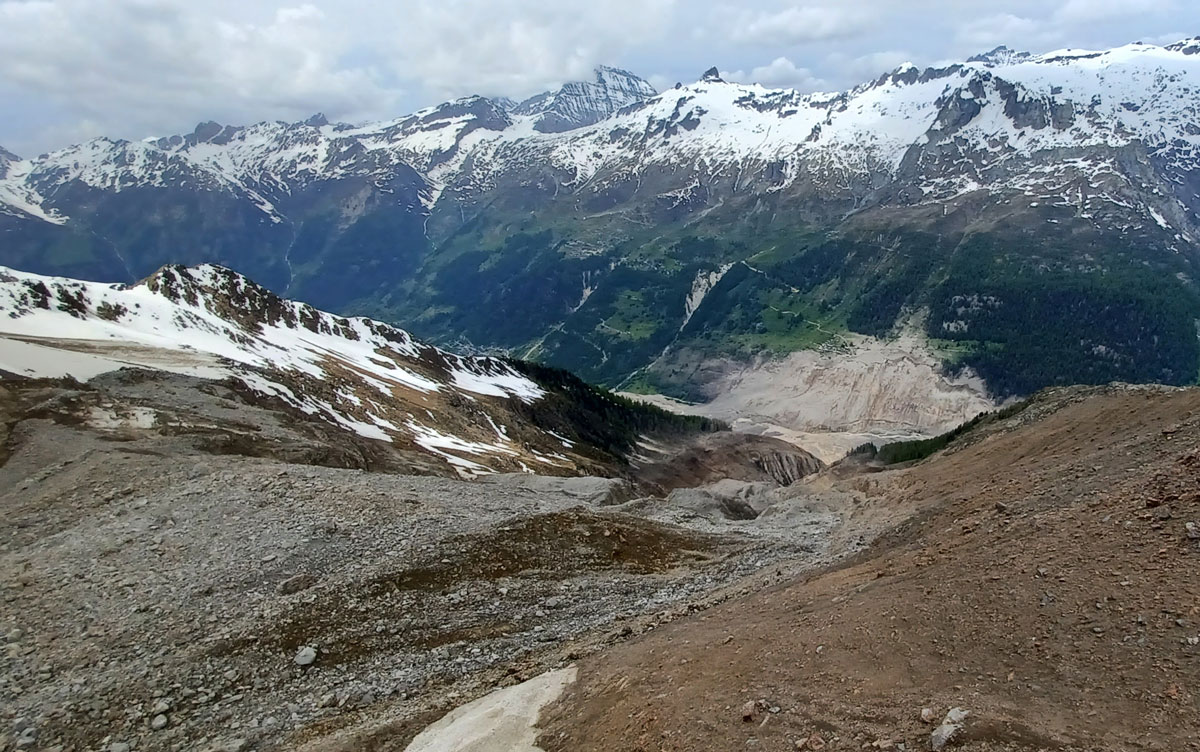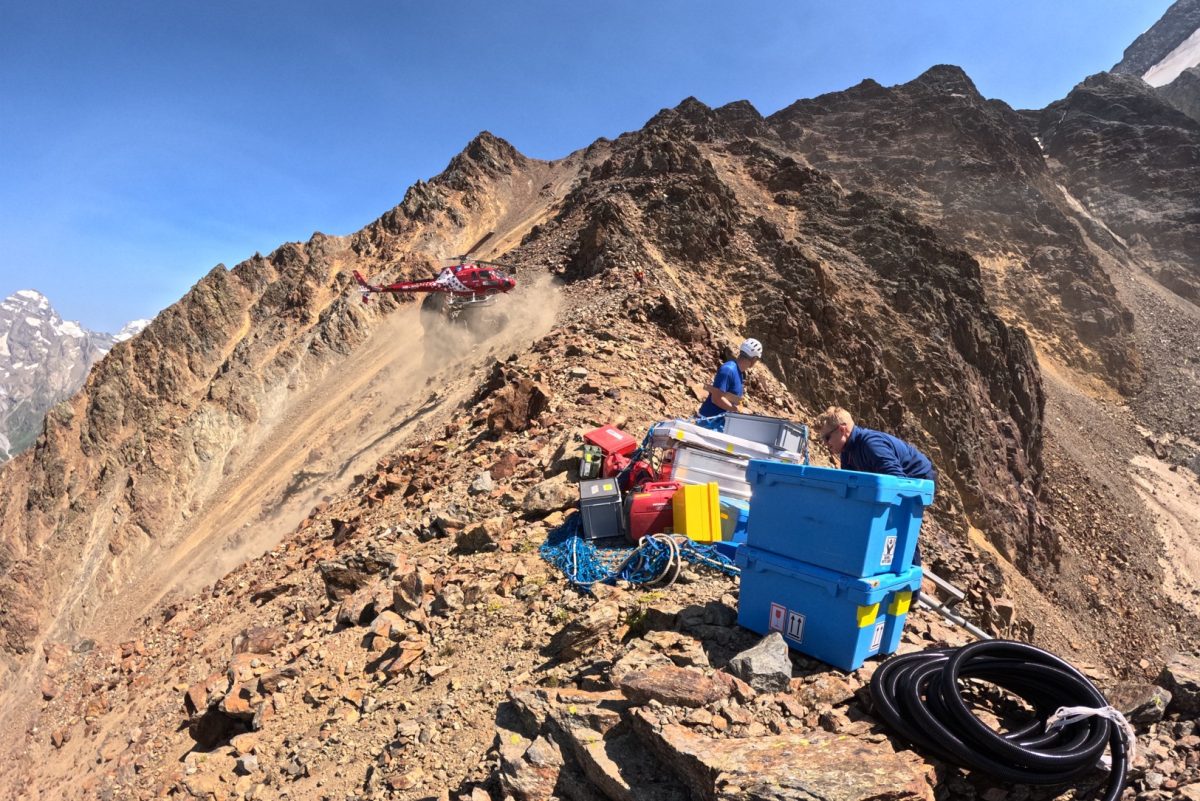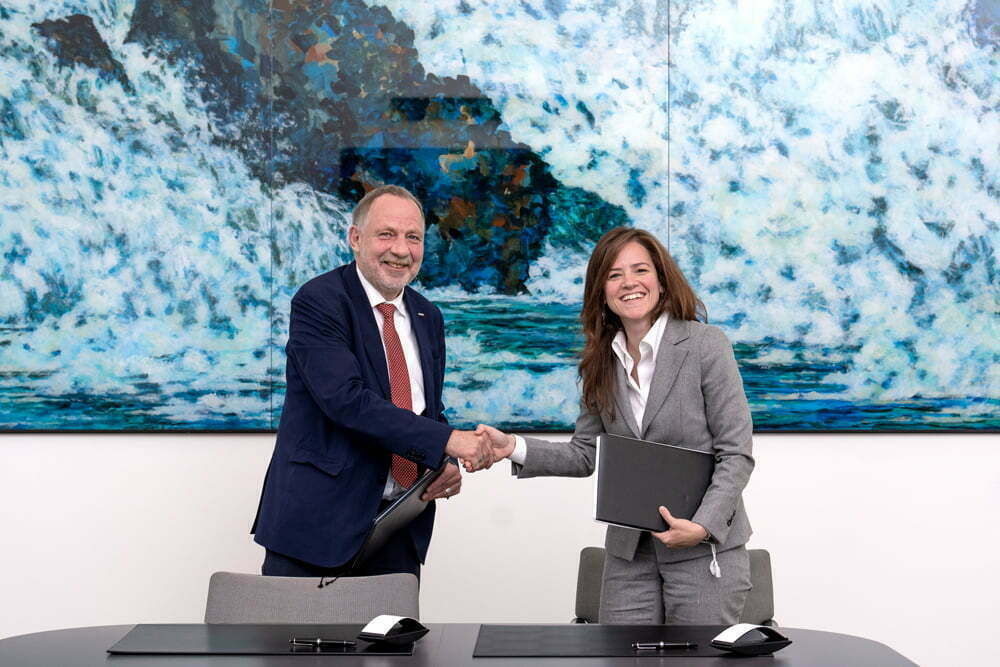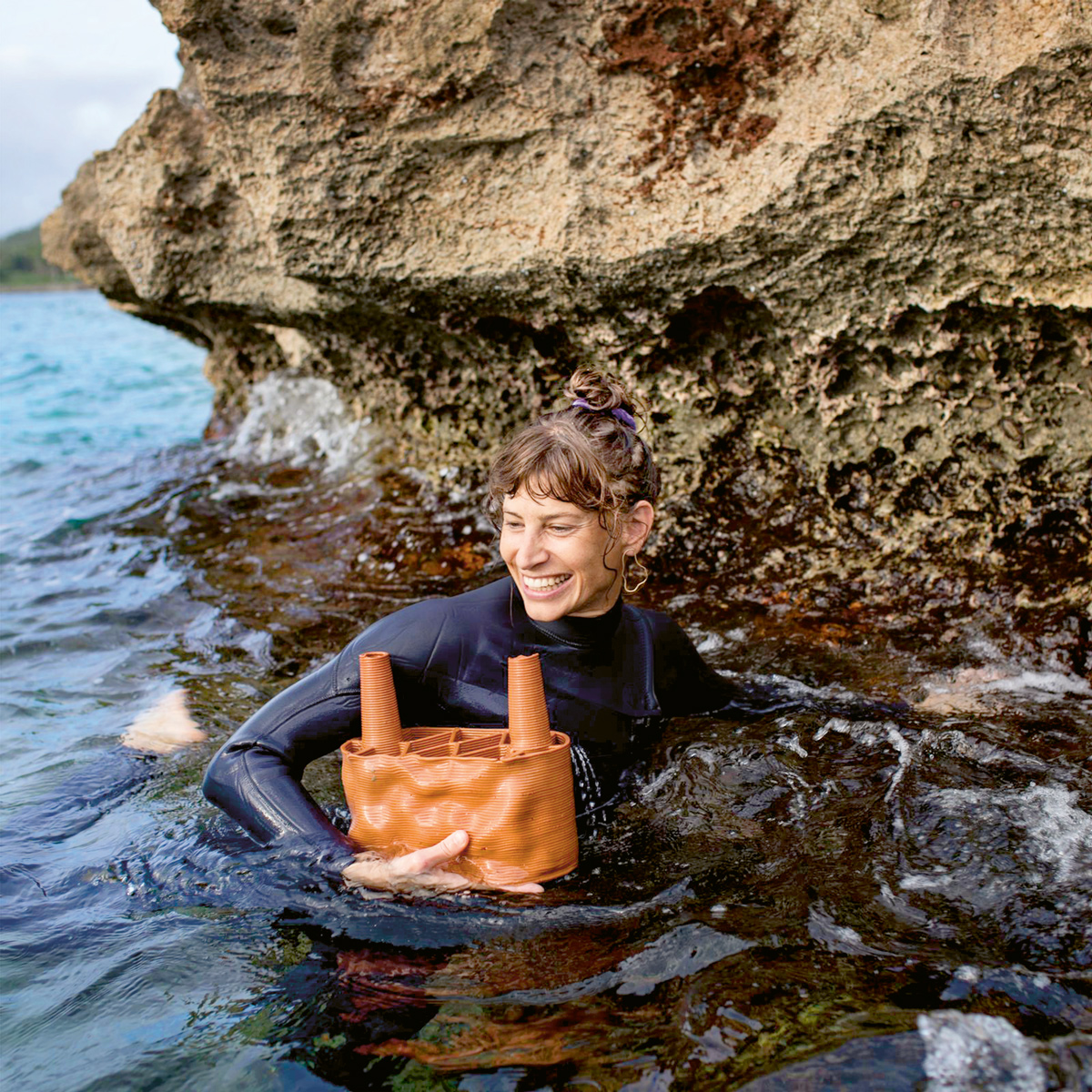Strengthening disaster resilience
Learning from Blatten: Thanks to a donation from the Albert Lück-Stiftung, a research project led by the Department of Civil, Environmental and Geomatic Engineering (D-BAUG) at ETH Zurich aims to draw the greatest possible insights from the recent disaster.

© VAW Glaciology – ETH Zurich & WSL Sion
© VAW Glaciology – ETH Zurich & WSL Sion
On 28 May 2025, the Lötschental valley in the canton of Valais was struck by one of the most devastating natural disasters in Switzerland’s recent history. Triggered by a cascading collapse at the Kleines Nesthorn, the Birch Glacier became destabilised, and a massive mixture of ice and rock destroyed large parts of the village of Blatten. The entire village and its infrastructure were buried under up to 30 metres of debris. However, the comprehensive monitoring systems that local authorities had installed before and during the event now offer a unique opportunity: to understand the underlying physical processes in detail – and to be better prepared next time.
A longstanding donor and partner
Supported by key partners, the Department of Civil, Environmental and Geomatic Engineering (D-BAUG) at ETH Zurich is mobilising its interdisciplinary expertise to make full use of this opportunity. The goal is to strengthen the resilience of Swiss mountain communities facing natural hazards and to contribute valuable insights to the ongoing reconstruction efforts in Blatten. The Albert Lück-Stiftung, established by the late civil engineer Albert Lück (dec. 1974), is supporting this endeavour with a generous donation. “This meaningful project is perfectly aligned with our foundation’s mission. Thanks to our lean structures, we were able to support this forward-looking initiative quickly and efficiently,” explains Raymond Cron, Chair of the Board of Trustees.
The foundation has been supporting D-BAUG for many years – from scholarships for outstanding master’s students to seed funding for professorships.
Combined expertise
The two-year project, launched in August 2025, includes detailed analyses, on-site measurement campaigns to capture key parameters, and the integration of the findings into forecasting and decision-support tools for future scenarios. The project is led by Daniel Farinotti, a glaciologist at ETH Zurich and the Swiss Federal Institute for Forest, Snow and Landscape Research (WSL), who has been in close contact with local stakeholders since the disaster. Other ETH professorships involved include Johan Gaume and Alexander Puzrin (both D-BAUG), along with colleagues from additional departments and partner institutions.
“The Albert Lück-Stifung’s swift commitment was immensely valuable, as several measurements were time sensitive. Had they not been conducted during the summer, vital information would have been lost forever,” notes Daniel Farinotti. “This research aims to ensure that both science and society can learn important lessons from the Blatten landslide – lessons that will help us prepare for the future.”

© VAW Glaciology – ETH Zurich & WSL Sion


